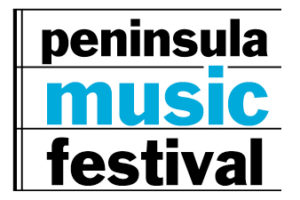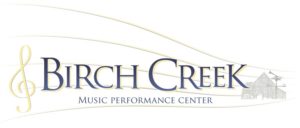The Evolution of Classical Music in Door County: Performance Centers Adapt to Changes
- Share
- Tweet
- Pin
- Share
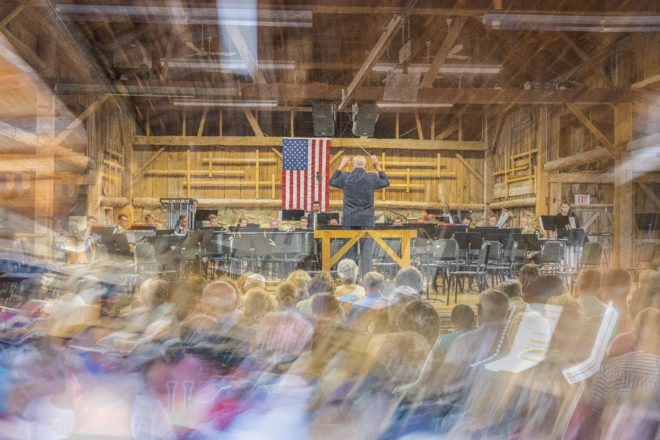
Chances are, anything you have read about classical music in the past few decades has fallen under two headlines.
There is the “Classical Music is Dead” camp, claiming declining audience numbers, orchestra strikes and an elderly audience that is dying off. Many of these are written by hip young musicians, either diverting from their own strict set of classical music rules or seeking a headline sure to grab your attention.
Then there is the “Classical Music is Not Dead” camp, undoubtedly a response to the above writers, who claim that classical music is adopting new technologies to reach broader audiences and pointing to a number of energetic young composers and musicians taking the baton.
Both sides have statistics to back up their arguments and they both call each other shortsighted. They look at classical music in a vacuum, separate from the rest of the world.
But just like any industry during any time period for centuries, classical music performers and organizations are being forced to adapt to changes in their markets and future. Whether they can adapt will determine whether the art will succeed. Performances may not be what they were a century ago, but classical music organizations in Door County welcome the changes and continue captivating audiences with world-class performances.
“We are what we are,” said Sharon Grutzmacher, executive director of Peninsula Music Festival. “We’re not something for old people, we’re not something for young people. It is just here and it’s for everybody.”
This pursuit of no one in particular came after decades of tailored marketing, performances and outreach toward specific groups in search of a stable audience. Now, these organizations are beginning to realize those stable audiences no longer exist, and that’s OK.
“A lot of what we’ve done has hurt ourselves,” Grutzmacher said of the classical music industry. “It’s hard to break tradition.”
Tradition
Classical music is tricky to define, but Leonard Bernstein does a pretty good job.
Bernstein might be America’s most famous conductor and at a Carnegie Hall broadcast on January 24, 1959, he explained, “When a composer writes a piece of what’s usually called classical music, he puts down the exact notes that he wants, the exact instruments or voices that he wants to play or sing those notes — even the exact number of instruments or voices; and he also writes down as many directions as he can think of.”
In short, classical music has always been rigidly structured with a set of strict rules passed down through centuries and cemented between the 18th and 19th century with composers such as Wolfgang Amadeus Mozart, Joseph Haydn and Ludwig van Beethoven.
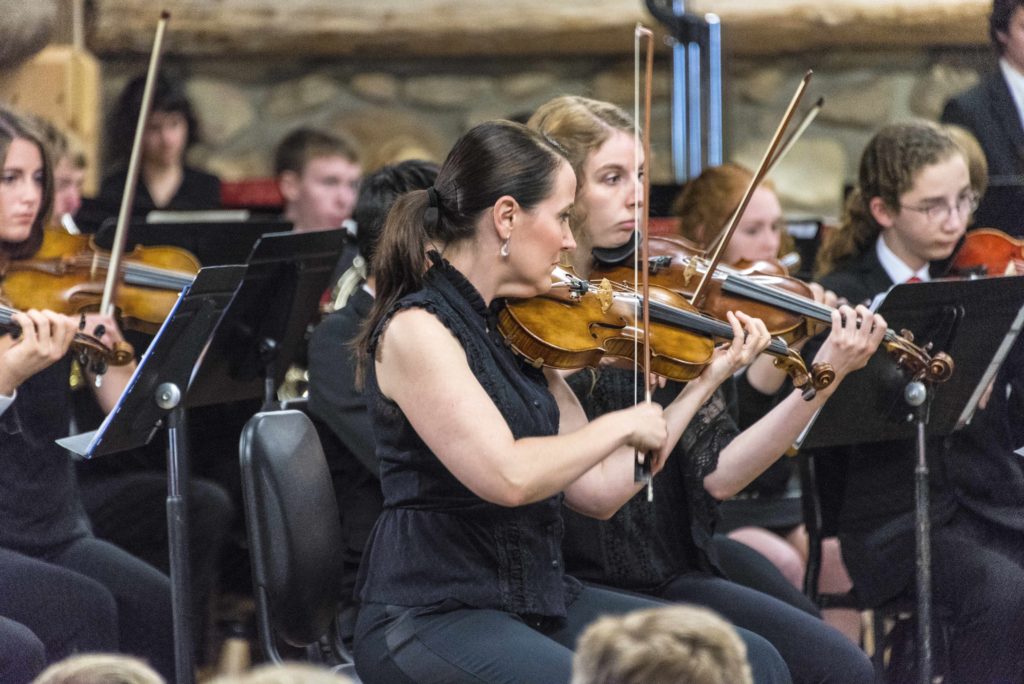
To be fair, the term “classical music” is specifically defined as a period between 1750 and 1820, bookended by the Baroque period before and Romantic period after, but Bernstein’s broad definition that the music is intentional and permanent separates it from other genres that find liberty in improvisation, arrangements and distinct live performances.
Rules build foundation and foundation is where music begins.
“You have to understand the bones in order to be able to build on that,” said Mona Christensen, executive director of Birch Creek Music Performance Center. “Just like anything else, whether it’s computer programming or recording, when it comes to the foundation of music, you have got to start there and let it grow where it grows.”
Tradition doesn’t just lie in the musicians, composers and performances. There has always been a strict etiquette behind classical performances that has created an air of entitlement and exclusivity the industry is trying to shake off.
“I think there’s a perception of nervousness when people go to the symphony or the opera or the ballet that we have to present ourselves a certain way,” Grutzmacher said. “That’s [the industry’s] fault, too.”
The traditional rules for classical music performances are as follows:
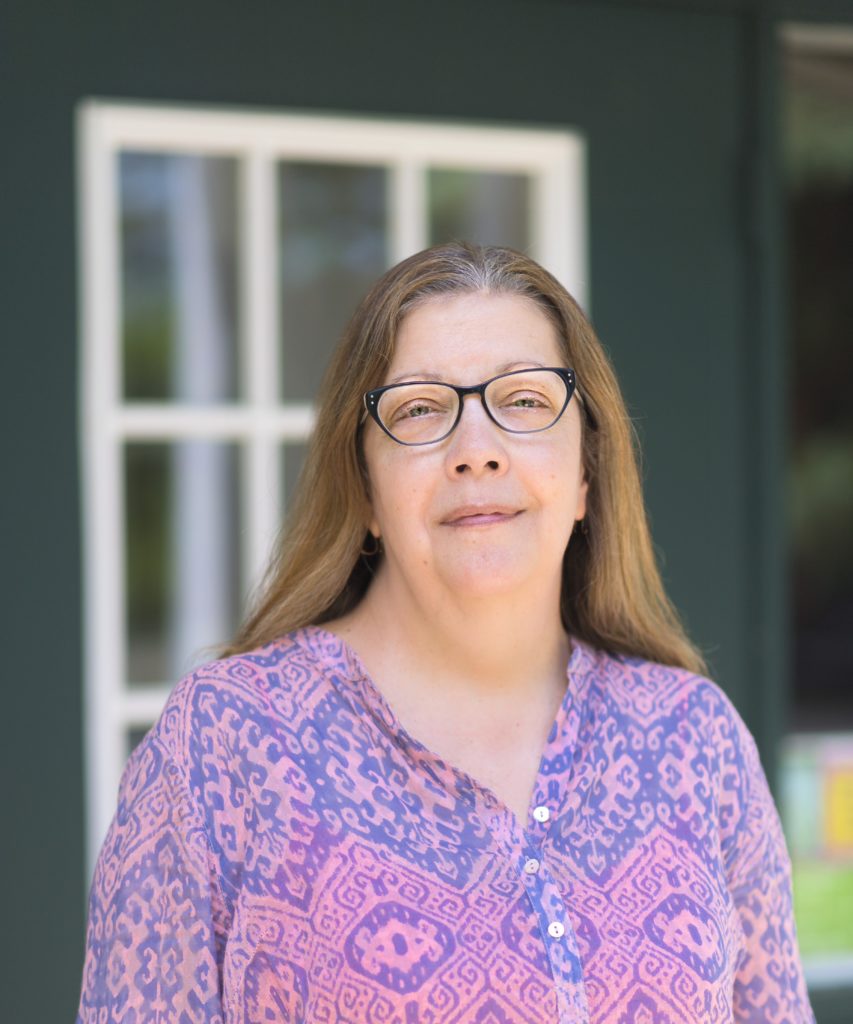
Sharon Grutzmacher. Photo by Len Villano.
- Dress formally. Tuxedos and ball gowns.
- Study the program before attending and read the program notes at the performance so you better appreciate what you are listening to. In fact, you should already know everything about the performance and musicians you are about to see.
- Do not make any noise during the performance.
- Do not clap between movements or during the performance. Only clap after the final note dies.
Grutzmacher cringes at these rules.
“In everything we try to put casual, accessible,” Grutzmacher said. “I don’t know what you’re supposed to know. If you like it, you like it. Come hear it, sit down and listen to it and if you clap in the wrong place no one cares.”
German mid-1800s composer Richard Wagner demanded undivided and silent attention at his performances, which may be the norm in the United States today, but is far from worldwide tradition.
International audiences, especially in South American countries, cheer and applaud whenever they are moved. European operas are known for hooting and hollering throughout a performance.
Just like composers and musicians in the late 1800s beginning to break the strict rules of earlier classical music, performance venues and classical music organizations are beginning to break the rules of etiquette and expectation at performances to become more accessible to all.
But that rule-breaking has come at a cost and classical music organizations are still figuring out a balance between respecting tradition and fostering growth.
“There is a big issue in classical music where, 15 years ago, it was all about the young people,” Grutzmacher said. “We started to alienate our current supporters. [They said] ‘I’ve been here for years writing you checks, buying tickets, bringing my friends, going to all your benefits and all of the sudden I get the brochure and there’s nothing that speaks to me.’ There were a lot of mistakes made. You can’t go from one extreme to the other.”
Foundation
Without feeding the fire on the death of classical music, everyone would agree that the genre simply is not as popular as it used to be.
In the early- to mid-1900s, classical musicians were routinely featured on the cover of major news magazines, their pieces played on popular radio stations and in movies. The average audience member was in his 30s and vinyl records of classical music sold as much as any other genre.
“Everyone is cutting their critics, they are cutting their coverage of the arts, so it’s harder to get in front of people now and get them to remember it exists,” Grutzmacher said.
Starting in the 1960s, what is now known as pop music started to take over. Bob Dylan, rock ‘n’ roll and the British Invasion drowned out Mozart, Copland and Debussy from the airwaves. The birth of jazz music, with its reliance on improvisation, shattered classical theory’s structure while performances in underground clubs also birthed a new cool.
Music education was quick to follow the trend.
“The music education in schools, it’s more pop culture-oriented to get kids interested and I think that might be a mistake because I think kids are interested,” Grutzmacher said.
“I know that some music programs are maybe half the size of what they were 30 years ago,” Christensen said. “I know that it is a dwindling market.”
Christensen said changes to school structure have left music education behind in favor of math and science. Block scheduling proved to help students in those fields but ignored the detriment to learning music, which Christensen said is like learning a language.
“Three hours of band is not necessarily the best idea once every four days,” Christensen said. “It’s something you’re going to want every day for an hour. Best practice is they’re meeting every day.”
Birch Creek’s youth camps provide a vigorous music education to the students who attend, but Christensen admits that only the top tier of performers can cut it at the barn. While that small percentage of students is cultivating a love for classical music, it won’t be enough to fill orchestra audiences at performance halls across the country.
“Some of these bigger programs in the Green Bay area, Fox Valley, they just aren’t the number that they used to be but there is still a core there,” Christensen said. “That builds the audience for these live performances to continue.”
1923: An Expensive Year for Classical Music
When we talk about the death or crisis of an industry, we talk about money. The Chicago Symphony Orchestra would not have gone on strike if they were not forced to take pay cuts. The Philadelphia Orchestra would not have gone bankrupt if the money was flowing.
The world’s most popular musicians in any genre have nearly abandoned their hope of making money with their recordings in the Digital Age, switching instead to revenue from live performances. Classical music lost their record sale profits decades ago and with dwindling audiences, its live performance revenues are drying up as well.
To make matters worse, classical music is expensive to perform and music licensing is among the biggest bills the industry has to pay.
At one of Peninsula Music Festival’s past performances, the concert director heeded the call of a raucous encore with a five-minute arrangement of Vivaldi’s Four Seasons.
“People loved it. I’m sure it sold more tickets,” Grutzmacher said, attempting to justify the $850 bill she got in the mail a few days later. “$850 for the rental of this little five-minute piece. That is the most expensive encore ever.”
Most people think classical music must be in the public domain simply because it’s old. In reality, it’s complicated.
“1923 is where you can pretty much say anything after that is going to be rental and anything before that is in the public domain,” said Sarah Bowman Peterson, music librarian for the Grand Rapids Symphony and summer employee for the Peninsula Music Festival.
Classical music organizations must rent the music they wish to play during a performance from the owner of the piece, the composer or, if the composer is deceased, their family.
“You would look in all those catalogs to see who holds the copyright,” Bowman Peterson said. “Then go to the parent company and that’s who you rent the actual set of music from. You get that about six-to-eight weeks before the concert so you can prepare the concert then send it back a week after you’re done.”
The year 1923 is important because it is the benchmark that modern copyright laws look back to.
Around that time, the United States had just revised the Copyright Act of 1790 to allow for a 28-year copyright with a 28-year extension. Around the 1970s, most of those works written around the 1920s were quickly headed for the public domain. The owners of those works lobbied Congress to extend the copyright, and in 1978, Congress amended the Copyright Act to extend protection to 75 years. They extended the copyright protection again in 1998. Now, most classical pieces written in the last 100 years are slated to enter the public domain in the 2020s. Until then, those pieces are expensive.
“So now [1923] is magic because that’s what everyone has kind of agreed on,” Bowman Peterson said. “There was a lot of gray area about when the copyright was supposed to run out.”
Until the copyright runs out, the rental fees for the most popular classical pieces are cost prohibitive for small organizations.
“John Williams, the rental fees on those are huge,” Grutzmacher said. “Bernstein? Unbelievable.”
The prices for rentals are often pegged on demand, making the most popular pieces more expensive. At the same time, those popular pieces will likely sell more tickets to a broader audience, making the return on investment a difficult equation.
“There have been times where [our concert master] has come up with beautiful programs that I know I can’t sell here,” Grutzmacher said. “I have to say we can’t do this now because I can’t sell it with the rest of this season that I put together.”
Occasionally, education about the licensing fees can spur private classical music lovers to write checks for their favorite performances. Grutzmacher remembered when a longtime donor walked into her office demanding a performance of Bernstein’s classics. She ran the numbers on just how much that would cost between licensing and bringing in extra musicians, explaining that it simply wasn’t in the budget. The man walked to his car to grab his checkbook and made his wish come true the next year.
“As much as you’re a nonprofit, you still have to pay the bills,” Grutzmacher said.
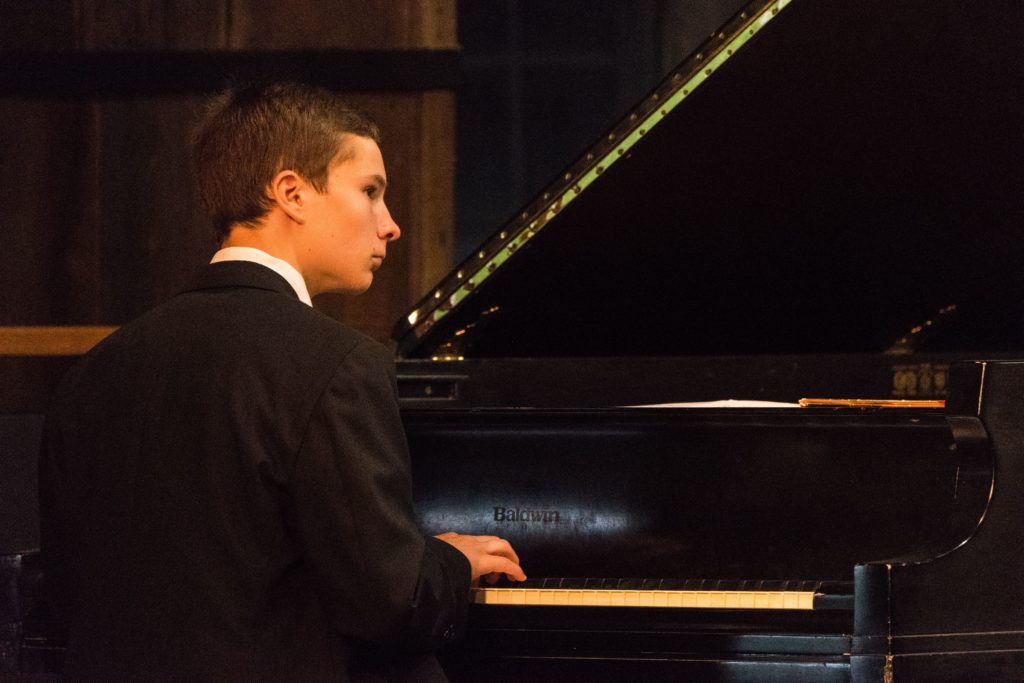
New Tradition
Classical music is not alive and it is not dead, it is just an art form that continues to exist despite challenges to its market, audience and live performance. Music organizations in Door County have some insulation and some unique challenges from the rest of the world’s performance venues.
“There’s more theaters, more museums, more symphonies than ever before,” Grutzmacher said. “Then you add to us that we’re in Door County. We’re running a professional symphony orchestra on a dead-end road in Wisconsin.”
Grutzmacher claims changing vacation trends also affect the classical music environment. Instead of seasonal residents visiting their vacation home for the entire summer and attending the gamut of performances around the county, visitors spend a few days and fill every hour with every kind of Door County activity.
“They come for the beauty of the place and then they find the performing arts,” said Grutzmacher. “It’s not always an easy sell to say, ‘Hey, come indoors to a classical music concert while you’re on vacation.’ Before, people bought all the concerts and they went to all of them and now we have people who come in and they may only see one concert. We have had to be much more creative in packaging and offering.”
But unlike performance organizations around the country, Door County has also held onto the traditional methods of marketing for its concerts. Brochures, rack cards and print advertising are still effective ways to promote performances here.
“It’s so hard to explain to people that we still print posters,” Grutzmacher said. “There’s just a little niche in Door County. It’s still the 20th century. Word of mouth still shows up number one for where they heard about us but number two is still that dang brochure.”
Door County’s classical music organizations continue to play host to world-class musicians while cultivating the next generation of those who will pick up the art.
“I can’t believe it will ever go away,” Christensen said. “It’s the fundamentals of music, it’s the theory, how all of music is built.”
Classical music does not have the audience numbers that it used to, those audience members are getting older, digital music is carving into recording sales and orchestras are strapped for money, but those problems are hardly new.
“We sure have been predicting our death for a long time,” Grutzmacher said. “Here we are, how many years later, we’re still talking about the death of classical music and it’s still here.”


